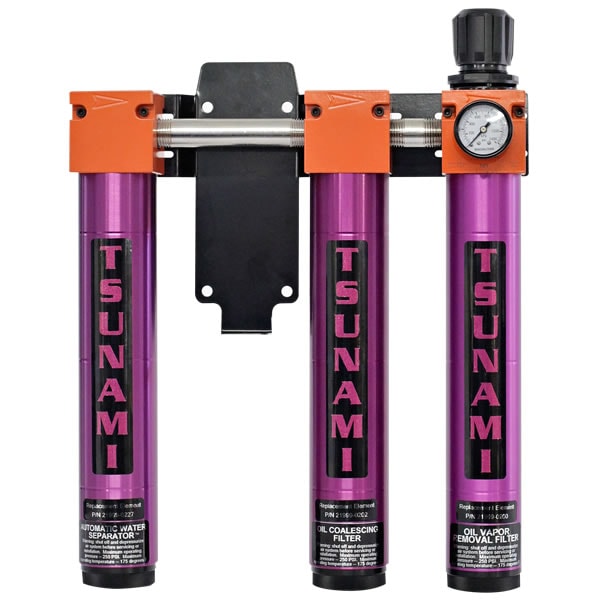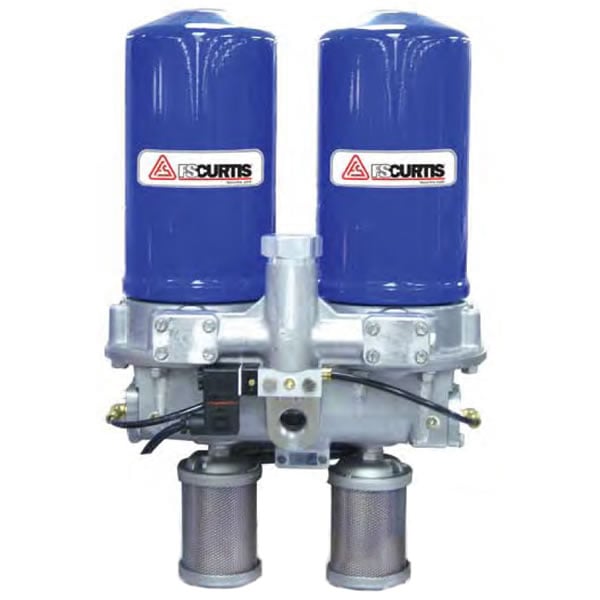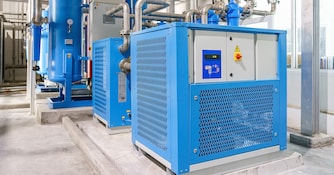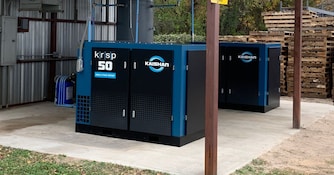
Desiccant Dryer Buyer's Guide
Air and water don't mix when it comes to compressed air systems.
A build-up of water, either liquid or gas, can wreak havoc on air compressor systems and the equipment they power. Potential problems include piping corrosion, freezing of airlines (outdoor), pneumatic instrument and tool failure, fouling of processes and products, and more.
A desiccant or regenerative air dryer prevents these issues by trapping virtually all moisture in a special silica gel or molecular sieve media, removing it from your compressed air.
*Note: Before using a desiccant dryer, you'll need an oil-coalescing filter placed in the air system to prevent damage and ensure its correct operation.
What Does Desiccant Mean?
Pronounced: "desəkənt"
Meaning: A hygroscopic substance used as a drying agent.
Application: In compressed air systems, air passes through a container filled with a water-absorbing (hygroscopic) media such as activated carbon, silica gel, activated alumina, or other desiccant material. As water vapor clings to the desiccant, the material becomes saturated and must be replaced.
Not Afraid of Cold
Desiccant dryers make wonderful air dryers for any season because they don't rely on a reduced dew point like refrigerated dryers do. They can actually filter moisture in temperatures as cold as -100 degrees Fahrenheit.
Best Desiccant Dryer Types
There are a couple different types of desiccant used in these dryers. You may be best suited with one over the other depending on your application.
Activated Carbon
 A very effective and resilient material used is activated carbon. This is a very porous material with enormous surface area capable of holding onto any impurity that touches it.
A very effective and resilient material used is activated carbon. This is a very porous material with enormous surface area capable of holding onto any impurity that touches it.
Activated carbon is more resilient than silica gel, and so it can be regenerated and reused rather than continuously replaced.
With two towers containing activated carbon, a desiccant dryer can actually regenerate one tower while using the other to adsorb incoming moisture. This creates a continuous cycle that makes the dryer very reliable.
Silica Gel Desiccant

The desiccant most commonly used is silica gel. Silica is what comes in the little paper pouches found in packaging, but in this case, there's a lot more of it.
As the incoming air is passed through the silica gel, the moisture sticks to the surface of the many small pores contained in it. This process is called adsorption.
When the silica has become fully saturated, it generally changes color, indicating that it needs to be replaced.





